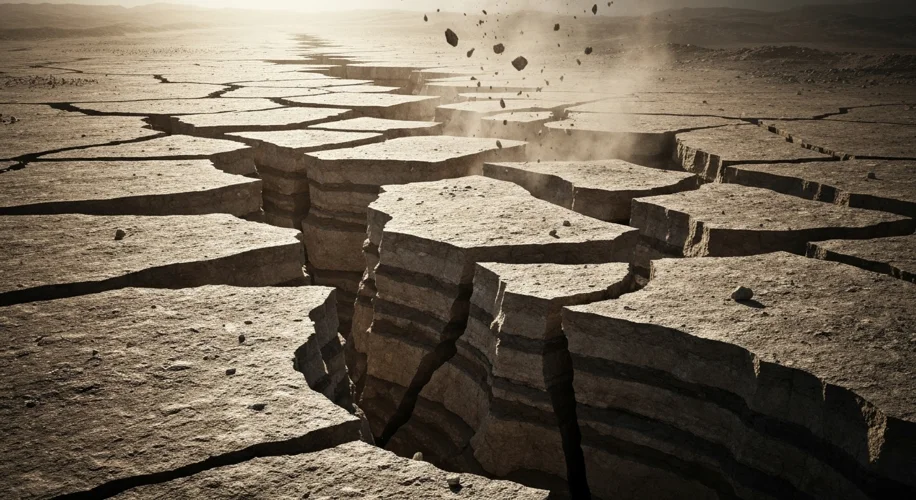I’m Simone, and today we’re diving into something truly remarkable from the world of geology. Imagine seeing the very ground beneath us split open in real time. That’s exactly what new footage has captured, showing a fault line tearing apart during seismic activity. This isn’t just a cool visual; it’s a significant moment for earthquake science.
For a long time, understanding exactly how fault lines behave during an earthquake has relied on models and indirect evidence. We’ve studied the aftermath, analyzed seismic waves, and looked at geological records, but getting a direct, visual look at the process as it happens has been incredibly challenging. Think about it: earthquakes are powerful, fast, and happen deep within the Earth or in remote areas.
This new footage, however, offers an unprecedented direct view. It allows scientists to observe the mechanics of the fault in action. We’re talking about seeing how the rock layers move, where the stress points are, and how energy is released. This kind of detailed, visual data is gold for researchers.
So, what does this mean for us?
- Better Understanding of Fault Behavior: Scientists can now see the intricate dance of rock and stress. This helps us understand the complex processes that lead to earthquakes, from the initial rupture to the propagation of seismic waves.
- Improving Prediction Models: While predicting earthquakes with certainty remains a huge challenge, this visual evidence can help refine the computer models scientists use. By comparing what they see in the footage with their simulations, they can identify areas where their understanding might be lacking and make those models more accurate.
- Learning About Stress Accumulation: Earthquakes happen because of stress building up along fault lines. This footage could provide crucial insights into how that stress is stored and released, offering clues about the build-up process.
It’s exciting to think about how this visual data could translate into tangible improvements in how we study and prepare for earthquakes. It reminds us that even in fields we might think are well-understood, there are still groundbreaking discoveries waiting to be made, simply by observing the Earth in new ways.
This is why I’m always inspired by new scientific observations. They give us a clearer picture of our dynamic planet and help us build a safer future.

